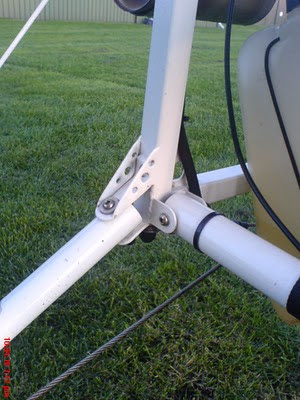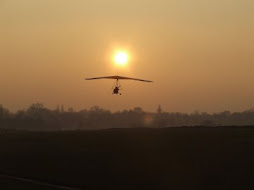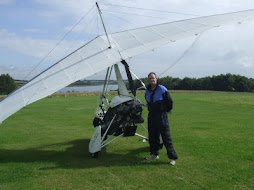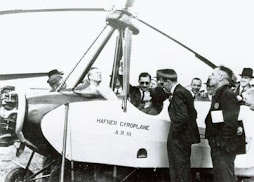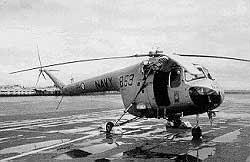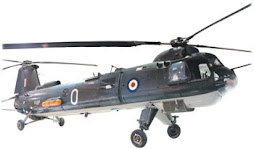
While Lizzie flew today I cleaned my wing, which still had mud from the field where I ditched weeks ago, using Dave Garrison's pressure washer.
While getting the wing out I shot the breeze with Dave Broom, himself a Dragonfly dealer, who confirmed that what I'd be looking to get for my Dragonfly would be very tempting for a potential owner, given what Flylight now charge for a new one. So that bodes very well indeed.
But in the meantime, before doing anything drastic, I am going to enjoy my first summer season as a fully fledged microlight pilot, flying my own Dragonfly. That'll give me time to think what I really want to do, to take stock and to start to build the helicopter fund.
.















